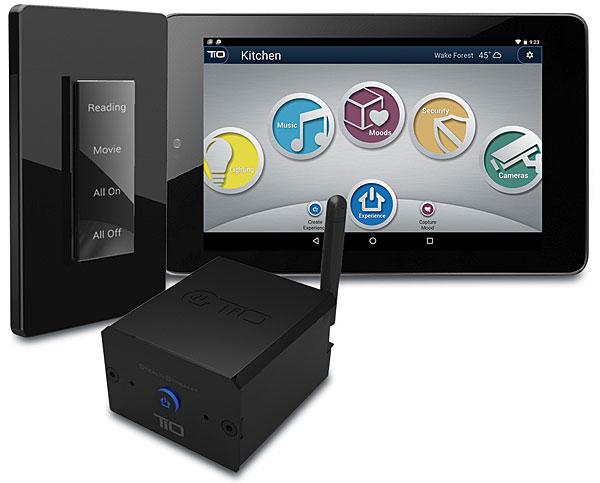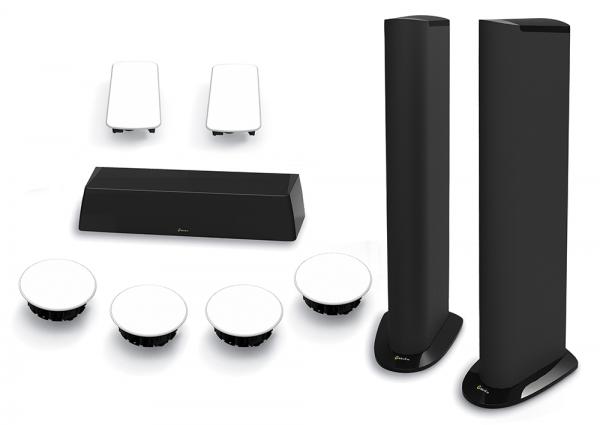Darryl Wilkinson
|
Jun 07, 2016
|
May 16, 2016
|
Apr 11, 2016
|
Feb 10, 2016
|
Feb 10, 2016















